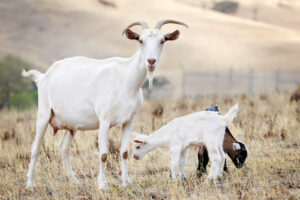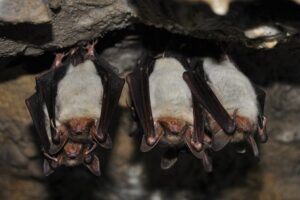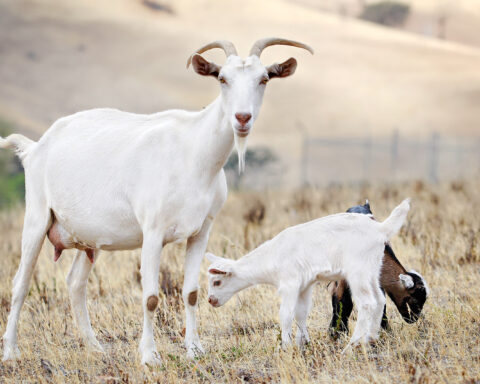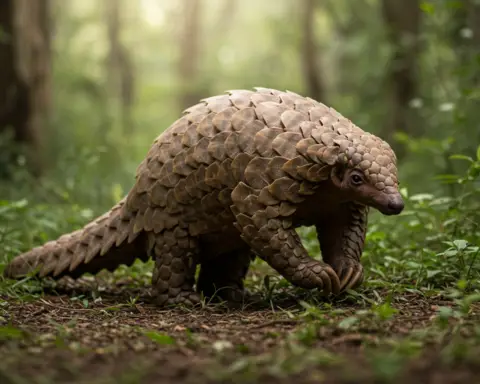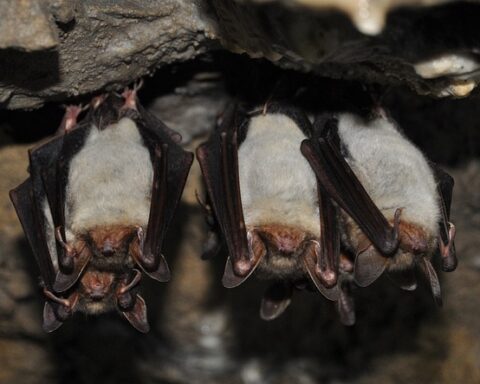Arctic fox (Vulpes lagopus) is the one suited to living in the frigid arctic habitat. Like other foxes, the arctic fox has a carnivorous diet. But they do consume fruits. The fox eats small rodents such as lemmings, tundra voles, squirrels, and arctic hares which make up most of the fox’s diet. The arctic fox’s diet also consists of birds including grouse, auklets, murres, bird eggs, puffins, and ptarmigans.
While they generally feed on rodents and birds, arctic foxes are carrion-eaters too. They are thought to consume reindeers and the leftover carcasses by other land predators such as polar bears. The fox loves to eat lemmings so much so it consumes up to 12 lemmings a day. In northern Canada, arctic foxes likely eat a lot of migrating birds. During winter, the ground prey goes short and as a result foxes begin to eat birds.
They will also feed on ringed seal pups especially in the months of April and May. During this time foxes can hunt pups of many animals that live in snow dens. Arctic fox may sometimes eat fruits, berries, and seaweed which make them omnivorous. It supplements its diet with fish such as shellfish, mussels, and urchins. If the food is abundant the fox caches surplus food.
References
Arctic Fox: Encyclopædia Britannica, September 05, 2017, The Editors of Encyclopædia Britannica.
Angerbjörn, A.; Berteaux, D.; Ims, R. (12 November 2012). “Arctic fox (Vulpes lagopus)”. Arctic report card: Update for 2012. NOAA Arctic Research Program. Retrieved 6 October 2014.
Bockstoce, John R. (2009). Furs and frontiers in the far north: the contest among native and foreign nations for the Bering Strait fur trade. Yale University Press. p. 41. ISBN 978-0-300-14921-0.

